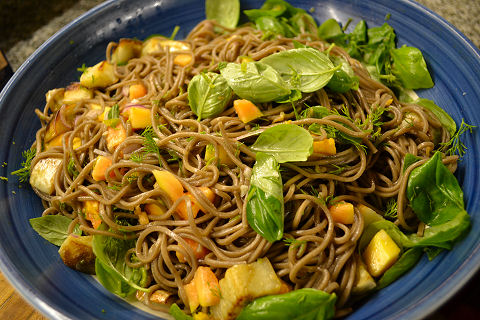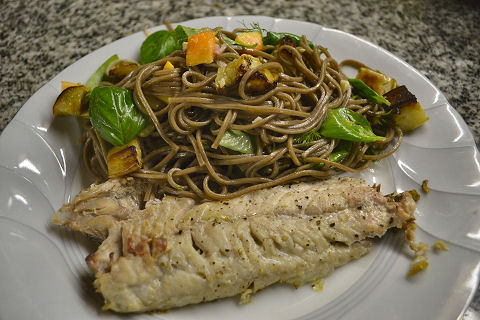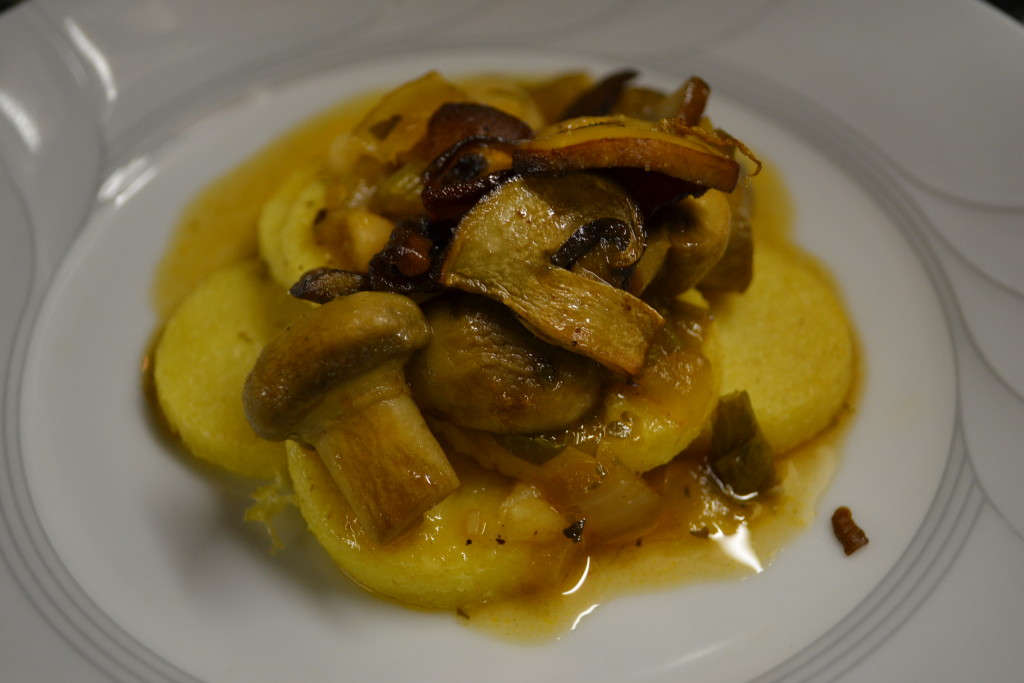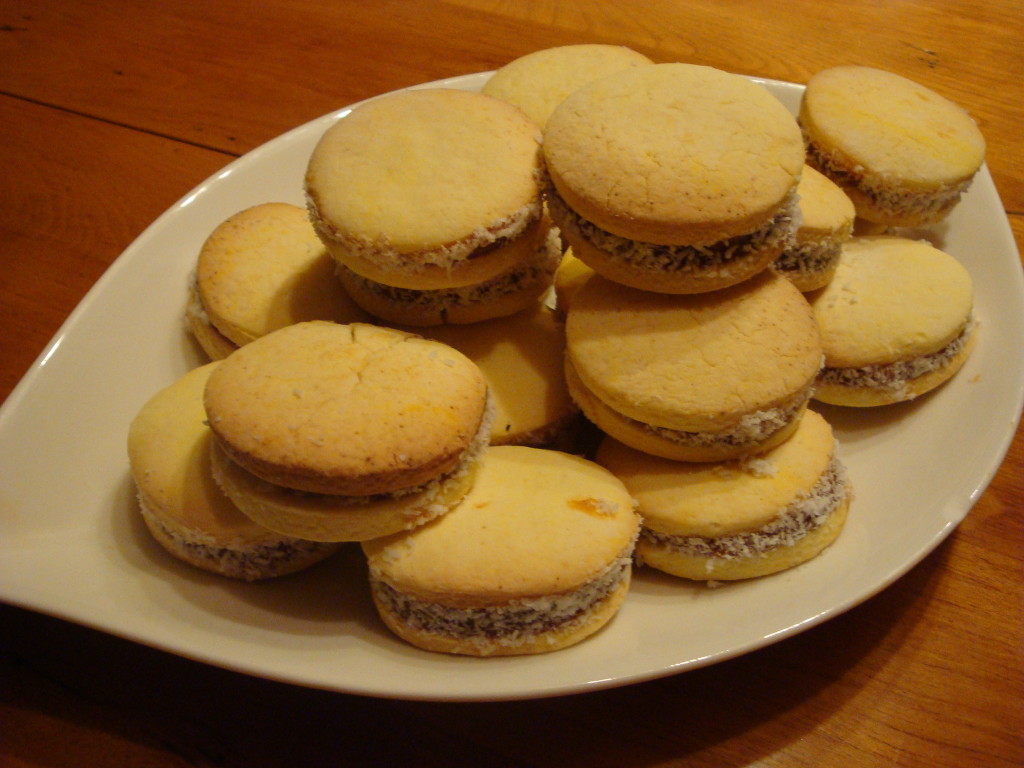Shimmy the Chimi
On Sunday supplement
Food and Wine
There’s no question that there is more than one “national” sauce in Argentina. For some it’s salsa golf, the ubiquitous blend of mayonnaise and ketchup – yes, yes, I know, everyone likes to pretend it’s really something else, but it’s not – is it any wonder that we love it on things like fries? Some might claim salsa criolla, a vinegary mix of onions, tomatoes and bell peppers, sometimes with a little parsley or cilantro, but it’s not unique to Argentina – think pico de gallo. And I have more than one friend who would probably claim dulce de leche…. But to me, the sauce that defines the national character in Argentina is the chimichurri.
Green or red. That’s the question when it comes to chimichurri. If you were to review the overseas’ press you’d think that the sauce was little more than parsley or cilantro, garlic, and some oil and vinegar. From there chefs from Bangkok to Boston seem enamored of Argentina’s national condiment. But do they have any idea what they’re talking about?
There’s also the strange misperception that it’s the “national hot sauce”, a view that anyone who’s sampled the sauce from Ushuaia to Salta knows only counts as hot if you think paprika burns on the tongue. Neither viewpoint is correct.
First off, those of us here in the land of chimi know that there are two completely different kinds of the sauce – the first is, indeed, green, though tends to have a bit more going on than just being an herbal vinaigrette. It tends to be served with bread, fish and chicken, though there’s certainly no requirement that it be limited to that. The second is red. Well, sort of rust. And this one gets a whole lot more intricate – it’s our version of steak sauce, and it knocks A1 or HP right off the shelf.
The name of the sauce is a mystery, lost to history. More authorities than I’d care to name have speculated on everything from pidgin English to Basque to one or another indigenous languages. There’s no translation for it, it’s just what it is, and it’s delicious on just about anything. Give this version a try – you’ll never go back to the bottled stuff.
Chimichurri
60 ml extra virgin olive oil
60 ml dry red wine
60 ml red wine vinegar
1 teaspoon salt
2 cloves garlic, minced
2 tablespoons parsley, finely chopped
1 green onion or scallion, chopped
1 small tomato, broiled, seeded and chopped
1 red bell pepper, broiled, peeled, finely chopped
1 teaspoon sweet paprika (you can use hot if you like, though it’s not traditional)
½ teaspoon cumin seeds, toasted
¼ teaspoon black pepper
¼ teaspoon cayenne pepper or red pepper flakes
½ teaspoon marjoram (or oregano) leaves
2 fresh bay leaves
Mix all the ingredients together and shake well in a closed container. Then let the whole thing steep for at least a couple of hours to meld the flavors – shake it up or stir it every now and again. Use within a few days to preserve the freshness. Not that that will be a problem once you taste this!
If you’re not into the whole chopping thing, stick it all in the blender except the bay leaves and process it to either a coarse or smooth texture, as you prefer, then add the bay leaves and leave to steep.
You can scale this up in direct proportions – for example just double all the quantities and it will work just fine if you need a bigger quantity. This recipe makes around 300 ml of sauce though, so it’s generally enough to last for a short time.
A series of recipes and articles that I started writing for the Buenos Aires Herald Sunday supplement, Food & Wine section, at the beginning of 2012. My original proposal to them was to take local favorite dishes and classics and lighten them up for modern day sensibilities. We’re not talking spa or diet recipes, but at the very least, making them healthier in content, particularly salt, fat and portion size. As time went by, that morphed into a recipe column that, while emphasizing food that is relatively “good for you”, wasn’t necessarily focused on local cuisine. At the beginning of 2013 I decided to stop writing for them over some administrative issues, but it was fun while it lasted.
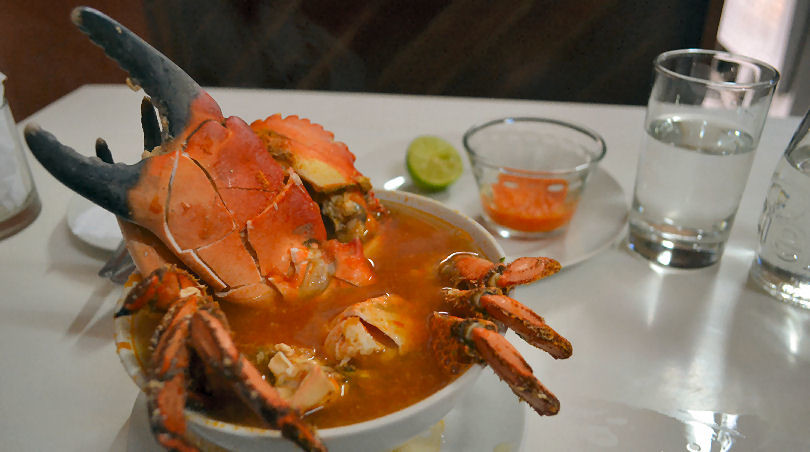
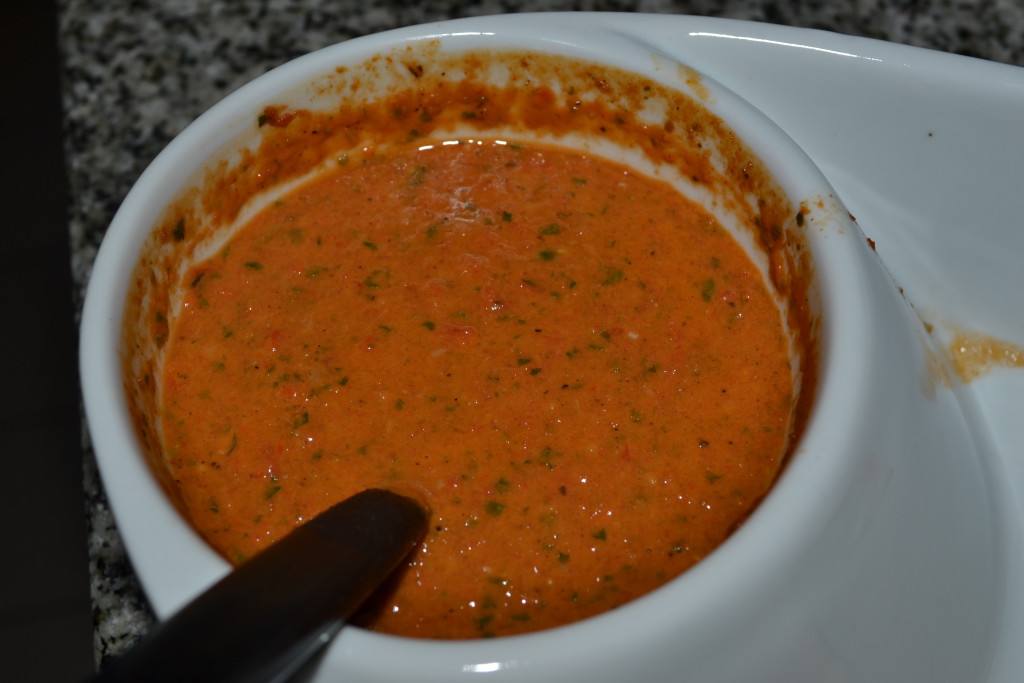
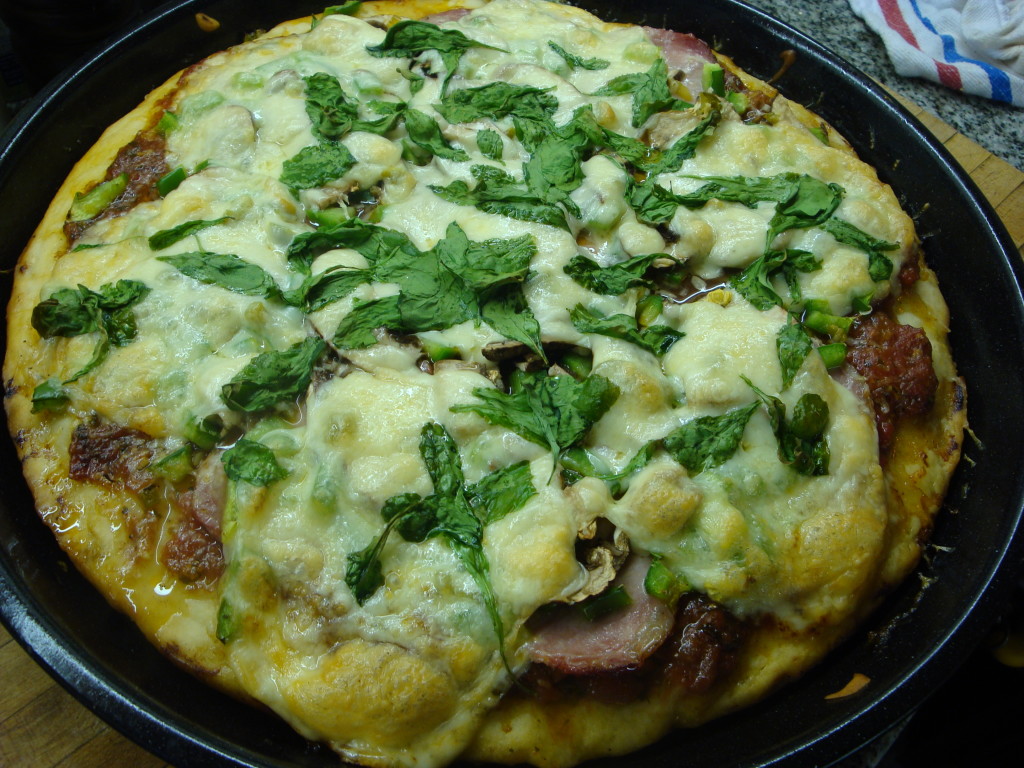

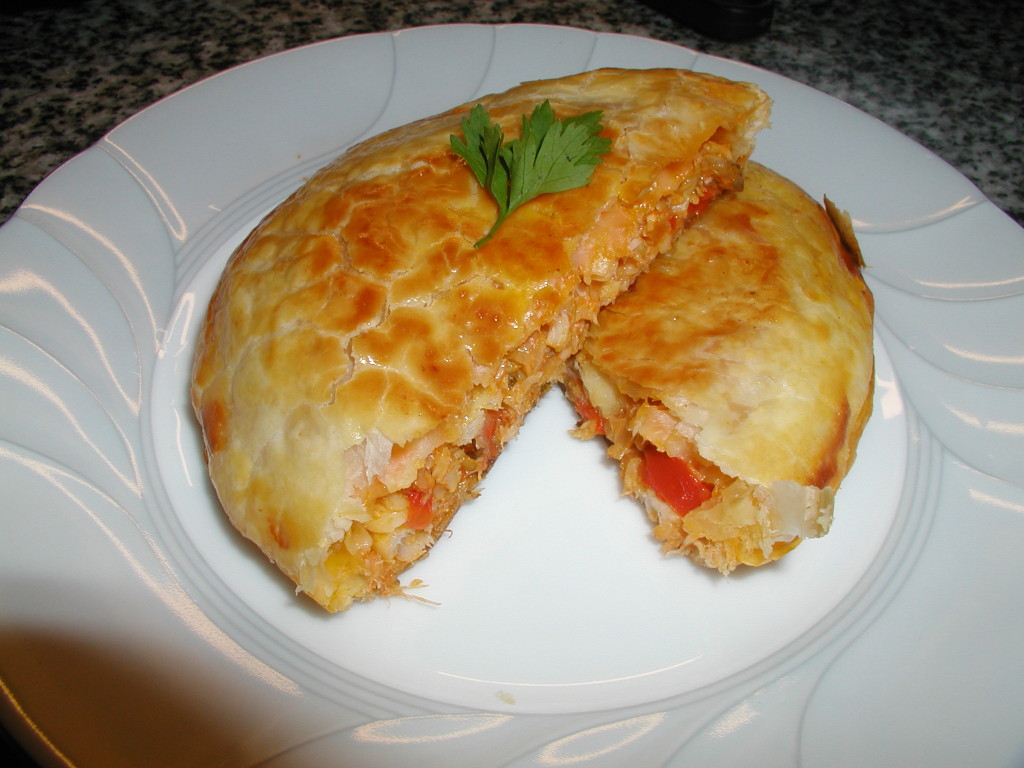
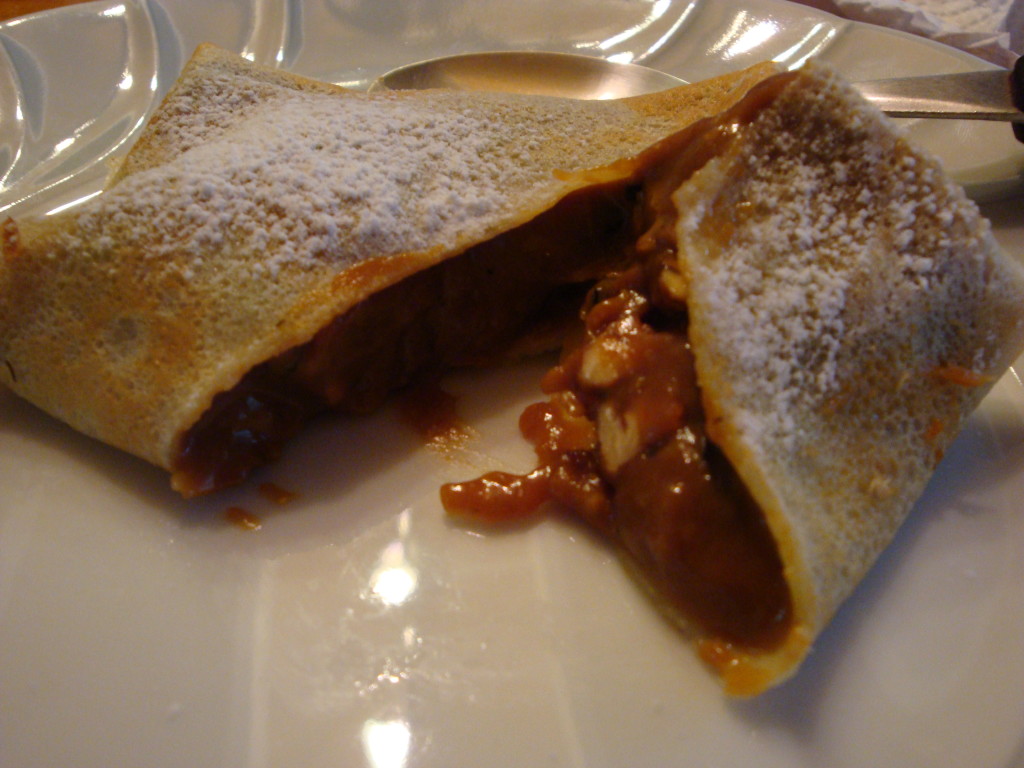
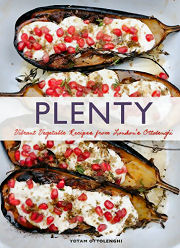 For those of you who like your vegetables, if you haven’t discovered London’s star chef Yotam Ottolenghi’s recipes floating around the ‘net, it’s about time you do. For awhile, from December of 2008 on, he wrote a column for The Guardian, called “
For those of you who like your vegetables, if you haven’t discovered London’s star chef Yotam Ottolenghi’s recipes floating around the ‘net, it’s about time you do. For awhile, from December of 2008 on, he wrote a column for The Guardian, called “